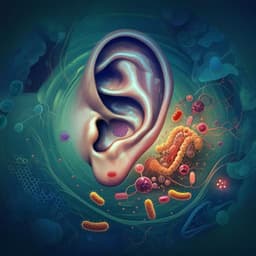
Medicine and Health
Wuliangye Baijiu but not ethanol reduces cardiovascular disease risks in a zebrafish thrombosis model
H. Zhu, C. Lan, et al.
Discover the groundbreaking study conducted by Hui Zhu and colleagues on Wuliangye Baijiu and its remarkable antithrombotic effects using a zebrafish thrombosis model. This innovative research reveals how Wuliangye Baijiu reduces thrombotic risks and oxidative stress through intricate metabolic and signaling pathways.
Playback language: English
Related Publications
Explore these studies to deepen your understanding of the subject.







